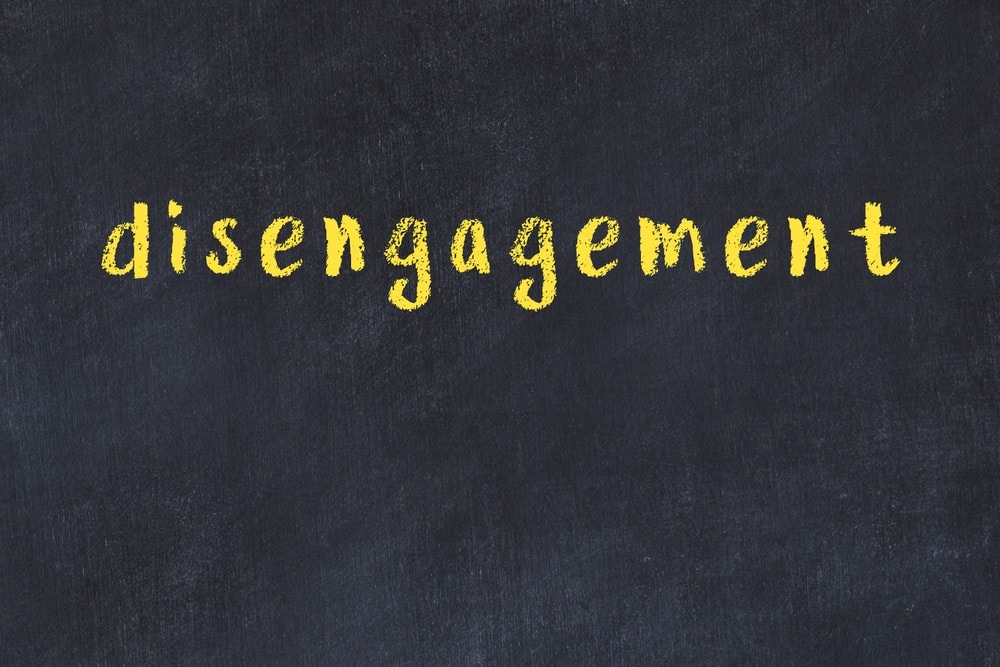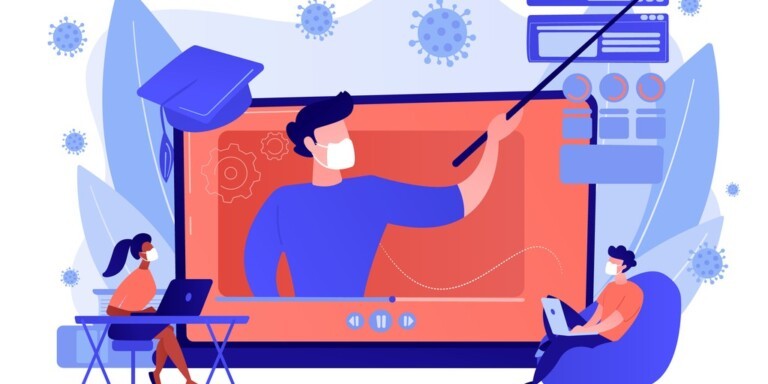Zoom classes are hardly a panacea if the power gets cut.
The Covid-19 pandemic, since the beginning of the year 2020, caused a major turbulence in the normal way of life. Its worldwide shutdown for the better part of the year affected businesses, and impacted the model of health services and educational institutes.

The pandemic has radically altered the way dental educators conduct business in the developing world.
Educational institutes have had to shift the way they addressed their curriculum, as well as the way they imparted education to their students. To deter the spread of the virus, almost all educational institutes have diverted to online platforms, like Zoom and Microsoft Teams, to connect with their students, and for most scenarios it has been running quite smoothly.
Despite the large amount of theoretical knowledge inherent to the discipline, dental education still encompasses a great deal of practical procedures and community interaction. For this reason, most medical institutes, especially those without adequate funding to employ modern technology, struggle with this issue. Particularly affected: institutes located in the developing countries within the spectrum of low socioeconomics and technological setbacks. Many challenges set it apart from online learning in developed countries.
The majority of the educational institutes and their staff were not prepared for this sudden transition to e-learning. Some countries do not even operate an official email system as a mean of communication between the students and medical school. Many of these institutes lack a dedicated IT department and any online learning was conducted independently by teachers and students.
As strange as it might sound, and despite it being the digital age, most of the professionals who are qualified as teachers are unfamiliar with the concept of using their smartphones and computers for purposes other than calling and messaging services, and occasional emails. This posed quite a challenge in bringing them on board this initiative, and having them learn how to operate the different applications seamlessly for maximum efficiency.
A further problem stemmed from the low socioeconomics of certain demographics. Many students from poor families were attending dental school solely on the basis of scholarship and loans. Acquiring a smartphone or computer to run the applications, securing enough electronic equipment, and then sharing with other members of the household also in need of such appliances caused a financial blow to most families.
An internet connection fast enough to offer a stable and smooth connection throughout the class is still considered a luxury in most developing countries. This problem was further exacerbated because many of the students did not reside in metropolitan areas, but were situated in remote rural areas, where access to electricity and internet fluctuate. They were faced with the choice of renting out a space in the urban areas and incurring more costs, or being deprived of adequate learning resources from e-learning.
Difficulties for educators

To overcome the problem of a live stable connection using Zoom, many of the institutes strategized, requesting that teachers record their lectures and then distribute it among students to be downloaded and reviewed later. This posed a problem for most teachers who did not have the acumen to conduct this process. They had to physically visit the medical college where the IT department or a third party could assist them in the process of editing and recording the lecture.
Limited teaching methods result
in drop in student engagement
Taking a break from traditional lectures, where the teachers could impart their own style, severely limited their methods. When constricted by the online conference applications like Zoom or Microsoft Teams, most teachers could only screen share their simple Powerpoint presentations and dictate word by word. The result: a severe drop in engagement with students. Polls showed that students’ interest during online lectures was severely low compared to their usual classes, and that they were distracted with other web-based features while logged into the class.

Lack of options exist to teach clinical skills
Most of the problems also stemmed from the fact that medical and dental education relies heavily on practical tutorials, 3D models and patient interaction. Students of both dentistry and medicine in their clinical terms described their learning experience as less than satisfactory.
Dental schools in socioeconomically deprived nations have limited means to teach clinical skills, the bulk of which stem from direct patient observation, as well as supervised and assisted learning. Students wishing for more have had to scavenge tutorials of dubious utility off platforms like YouTube.
Taking an online examination was another major problem faced by medical schools. Several methods used multiple cameras to prevent any mischief during examinations, and customized software for online exams. Underdeveloped countries suffered again, with the prohibitive cost of multiple cameras. They were forced to improvise with timed questions and unorthodox material — methods hampered by connectivity problems and software glitches.
All these factors, tragically, have in some countries essentially forced a cessation of adequate dental instruction. Most of these problems require urgent financial assistance and a concentrated focus by government to produce and train health care workers. There are no magic fixes—only dismay at the uncountable ways this terrible pandemic has added further burdens to developing countries’ already heaping load.


